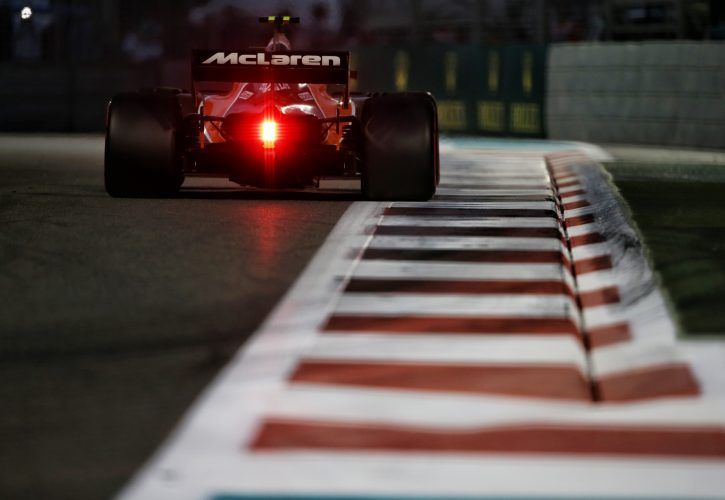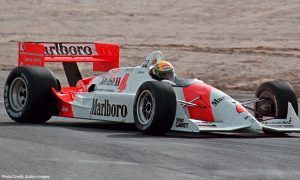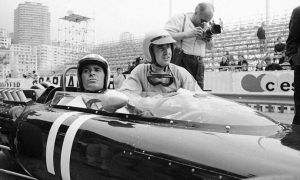
McLaren has worked diligently in the past months to design a car that will work well over "a broad operating envelope", says tech boss Tim Goss.
The Woking-based outfit embarks on a fresh cycle this year with new engine partner Renault. In a bid to minimize its potential difficulties on the eve of a new dawn, McLaren aimed for an easy-to-understand MCL33 which complies with a large spectrum of requirements for its drivers.
"So much of producing a great F1 car these days is giving the driver a car that they can exploit," Goss told Motorsport.com.
"There is no point in giving them a car with very peaky performance. What we are trying to do is give the driver something that operates very well over a broad operating envelope.
McLaren's thinking follows a similar approach which prevailed last year, when F1 introduced new aero rules for the sport which featured wider tyres and a significant increase in downforce.
"Initially we are not worried about what level of performance we are going to put on the car," adds the McLaren technical director.
"What we wanted to do was understand the flow physics and try to get good, well-behaved aerodynamics across the range of the operating envelope of yaw/steer/roll and ride-height.
"And only when we did that and we were happy that we had well-behaved aerodynamics did we start to build the performance.
"So our approach these days is very much about giving the drivers something they can trust and work with, and peaky load is in our view not the way to produce a quick aerodynamic package for the driver, or vehicle dynamics change."
Gallery: The beautiful wives and girlfriends of F1 drivers
Keep up to date with all the F1 news via Facebook and Twitter







